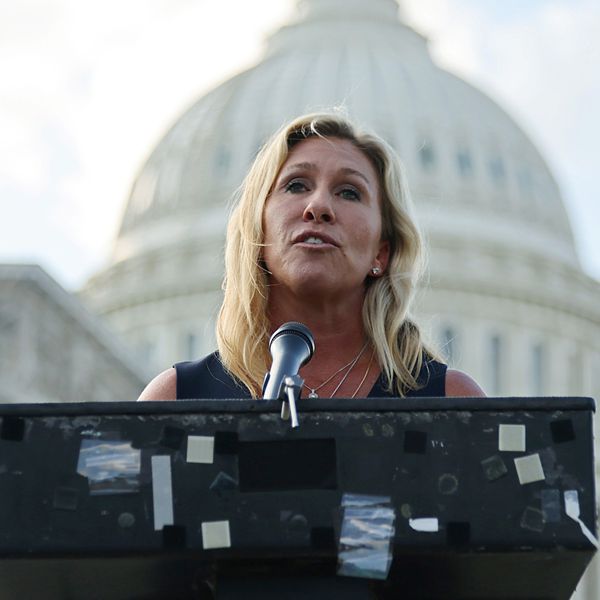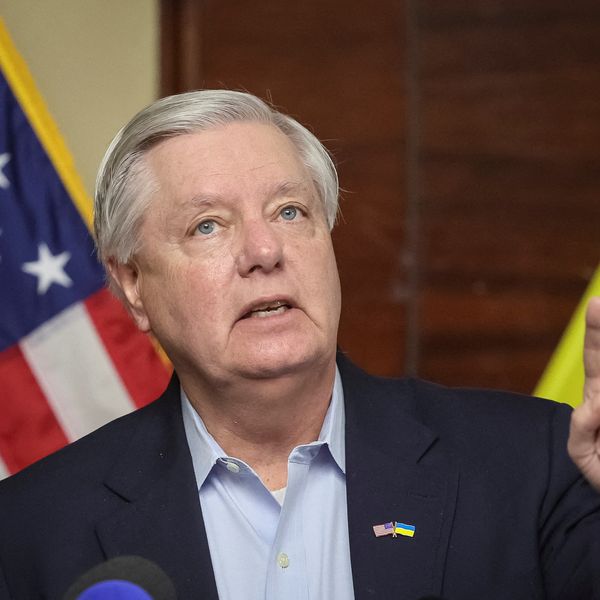Despite hopes that movies like “Top Gun: Maverick” would recapture the imagination of youth and open their minds to the possibility of high-flying military service, the U.S. Air Force has missed its recruitment goals for the first time since 1999.
This is part of a service-wide trend (Army and Navy included) that has so far only spared the Marines, which at 33,000 has much lower target numbers than the Army, for example, which missed its goal of 65,000 new recruits in May. It was the second year in a row the Army fell short.
But the active duty Air Force's failure to meet its goals is the first time in nearly a quarter century, presaging hard times to come. According to this report the active duty component fell just shy (90 percent) of its 26,877 goal, while its reserve and Air Guard fared worse, with 30 percent shortfalls in each.
Unlike the pre-9/11 days in 1999, which, despite small overseas operations against lesser rivals like Saddam Hussein, was considered peace time, military officials are worried about what these shortfalls mean for their ability to meet the current twin security challenges consistently identified by official Washington: Russia and China.
“The geopolitical landscape was so much different” in 1999, Air Force Recruiting Service boss Brig. Gen. Christopher Amrhein told reporters Wednesday.
“Missing this year is kind of at a critical point.”
Is there one reason for the slip in recruitment? The short answer is no. As we’ve said in these pages before, the theories are moving targets, sometimes partisan, and varied. Some observers point out that young people have more economic and educational opportunities today. Others have noted that the pool of eligible recruits is shrinking — young people are more obese, have been on therapeutic drugs (disqualifying), are in poor shape, and have histories of using recreational drugs/alcohol and bad behavior.
On the left, critics say the military continues to be racially biased and misogynistic (particularly at the leadership level; the percentage of women across the military has actually increased to over 17 percent, while the level of minorities is close to 40 percent of the total military population).
On the right, critics say the military has become too “woke,” overtaken by the civilian world’s culture and identity politics, and focused more on “diversity, equity, and inclusion” than preparing men and women for future wars.
But another theory transcends partisan politics. As the trust levels in government institutions (including the military) has eroded society-wide, so has the number of men and women willing to put their lives in the hands of Uncle Sam. After 20 years of failed war policies, a citizenry that feels lied to, swindled, and misled at every turn is less inclined to believe that their children won’t be used as toy soldiers in some future Washington political gambit overseas.
Whatever the reason, the recruitment crisis is real, and it is cutting across the grunts and “glamor boys.” If you believe a strong defense is necessary for the health of the nation, this is not good news, especially since the military doesn’t seem equipped to deal with this dicey, complicated question head-on.
- New Marvel film puts spotlight on Hollywood's military ties ›
- For Memorial Day, let's get real about the recruitment crisis ›
- Why America fell out of love with its Army | Responsible Statecraft ›
- High attrition rates and increased waivers muddy enlistment numbers | Responsible Statecraft ›














